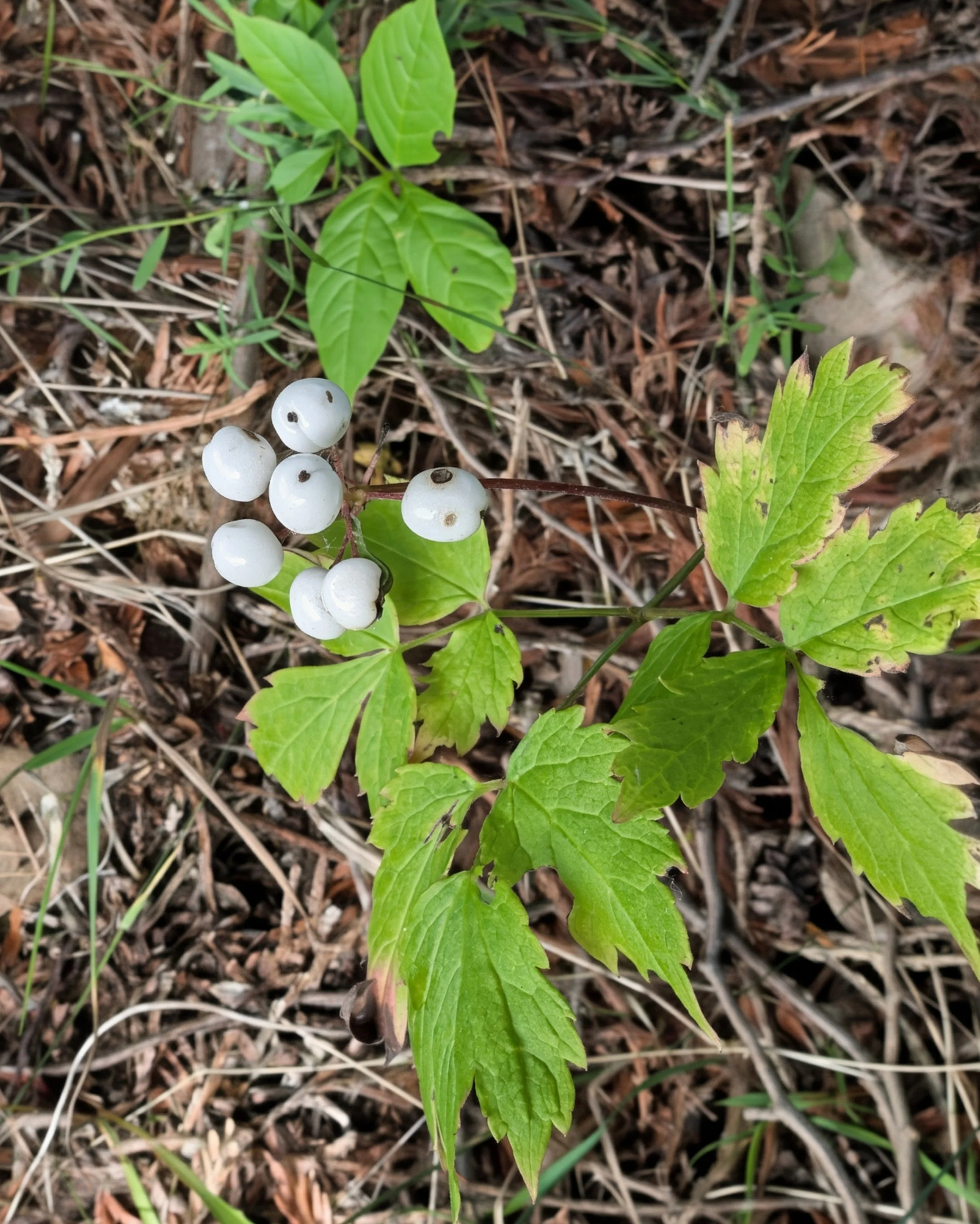Bloom: spring
Habitats: ravines; rich deciduous woods; shaded seeps; the bases of bluffs; thinly wooded bluffs
Lifespan: perennial
Moisture: moist to mesic
Plant type (height): forb (1 to 3 feet)
Requirements: dappled sunlight to moderate shade
Soil: fertile loamy soil with abundant organic matter
